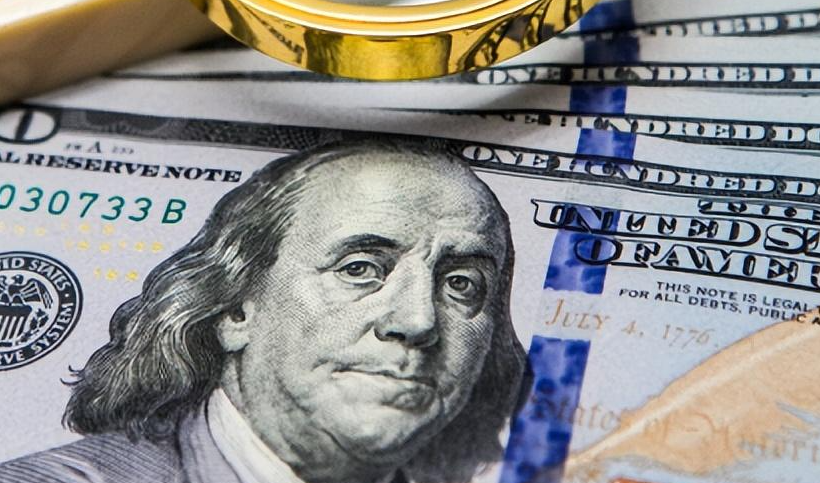US Stocks May Face a 10% Correction
Advertisements
As 2024 draws to a close, a cloud of uncertainty looms over the financial landscape, and investors are left wondering about the potential trajectory of the economy in the coming yearNotably, the anticipated "Santa Claus Rally," a term coined for the market surge often seen at the end of the year, has yet to materialize, sending ripples of concern through the investment communityObservers are beginning to scrutinize the underlying economic indicators that might suggest the future might not be as rosy as some hope.
Strategists have pointed to various indicators which suggest that a surprising economic slowdown could be more likely in 2025 than a continuation of the strong growth we have experiencedJim Paulsen, chief investment strategist at The Leuthold Group, presents a rather contentious perspective amidst the prevailing fears of economic overheating fueled by the Federal Reserve's changing interest rate policies
While many investors seem to be recalibrating their expectations based on a tight monetary policy landscape, Paulsen's take diverges sharply—he believes the potential for an economic slowdown is far more pronounced.
In his recent blog post, Paulsen articulated his thoughts with a sense of urgencyDespite growing fears among policymakers, he argued that the risk of a downturn in economic activity is becoming more apparent"While officials and investors are increasingly worried about the chances of overheating in the economy, I think what’s more likely to occur in 2025 is an unexpected pullback," he wroteThis statement opens a window into the prevailing thoughts of many analysts who are critically re-evaluating the stability of the market.
Citing examples such as the Citi Economic Surprise Index, which measures the deviation of economic releases from consensus expectations, he underlined the signals that suggest a potential softening of growth
- NVIDIA, AMD, and Intel Join Forces
- Wall Street Banks Face Rising Trading Threat
- Suzhou Scores $26B Semiconductor IPO
- Dual Pursuit of Finance and Consumption
- Can the U.S. stock market continue to rise?
When this index rises, it indicates that reports on economic performance are exceeding forecasts, while a decline signals a weakening economyPaulsen's analysis holds weight when we consider its relationship with U.STreasury yields over a 10-year spanTypically, if the yield on these bonds decreases, it suggests an economic rebound is on the horizon; conversely, rising yields can be indicative of challenges ahead.
Paulsen analyzed the current state of U.STreasury yields, which, hovering near 4.6%, have implications for economic performance in the upcoming quartersHe predicts that an expected slowdown in the Citi Economic Surprise Index could fall to -35 by the first quarter of 2025, which would equivalently project a slowdown in GDP growthThis tempered outlook contrasts sharply with what many are portraying as a robust economic environment, particularly when the GDP growth rate is being clocked at 2.7%—a figure Paulsen believes could ease down to 2% or lower, prompting fears of recession to take center stage in financial markets.
For Paulsen, a healthy commercial and household sector may stave off an imminent recession, but if the GDP deceleration comes to fruition, it could severely impact market sentiments, dragging profit expectations down and nudging stock market performance into a precarious territory
The cautionary signs are being compounded by the stress within financial conditions that have deteriorated markedly since early DecemberHe referenced historical data, indicating that previous dips in the financial conditions index have often predated significant market disruptions, pointing to notable market corrections in October 2023 and a rare plunge involving major tech stocks over the summertime.
“While the recent downturn in financial conditions is not as pronounced as in past incidents, it remains a significant concern,” Paulsen expressedThere’s an understanding that, should the economy indeed falter in the months ahead, exacerbating the pressures felt in financial markets, there could be scant refuge for stock investors.”
Furthermore, Paulsen analyzed the issue of narrowing breadth in the stock market, where fewer stocks are driving gains relative to those declining

He noted that since early October, the number of rising stocks compared to those in decline has diminished, showcasing a potential shift in investor sentiment towards a more defensive postureThis caution is particularly pronounced in cyclical and aggressive investments, which have struggled to maintain momentum since mid-November.
While a prevailing sentiment points to a healthy economy, any emerging evidence of a meaningful slowdown is likely to catch many off-guardPaulsen warns, "If there’s an ‘unexpected slowdown’ that raises alarm bells, the stock market might experience a pause in its upward momentum, potentially even courting a correction of 10% to 15%." Such sentiments reflect the delicate balance at play where investor psychology could quickly pivot based on economic news fluctuations.
Despite these potential threats, Paulsen maintains a long-term optimistic stance, suggesting that most investors should remain actively engaged in the markets
"Bullish trends seem poised to persist into 2025," he posits, "albeit with potential bumps along the way." In light of this, he advises that shifting to more defensive investments from cyclical positions might be a prudent strategy to mitigate risks.
Another focal point in Paulsen’s analysis is the decisive role of tech stocks in the broader market narrativeThe likelihood and extent of any market downturn largely rests on the performance of these lucrative stocks through 2025. As he illustrated, if the tech sector continues its robust trajectory, it can help buffer against significant downturns, whereas any faltering could amplify risks across the market as a wholeHis examination shows a clear correlation between the relative performance of the S&P 500 technology sector and the evolving conditions of U.Sfinancial frameworks.
As we ponder the questions surrounding the economy in the upcoming year, it is evident that investors have a lot to consider
Leave A Reply